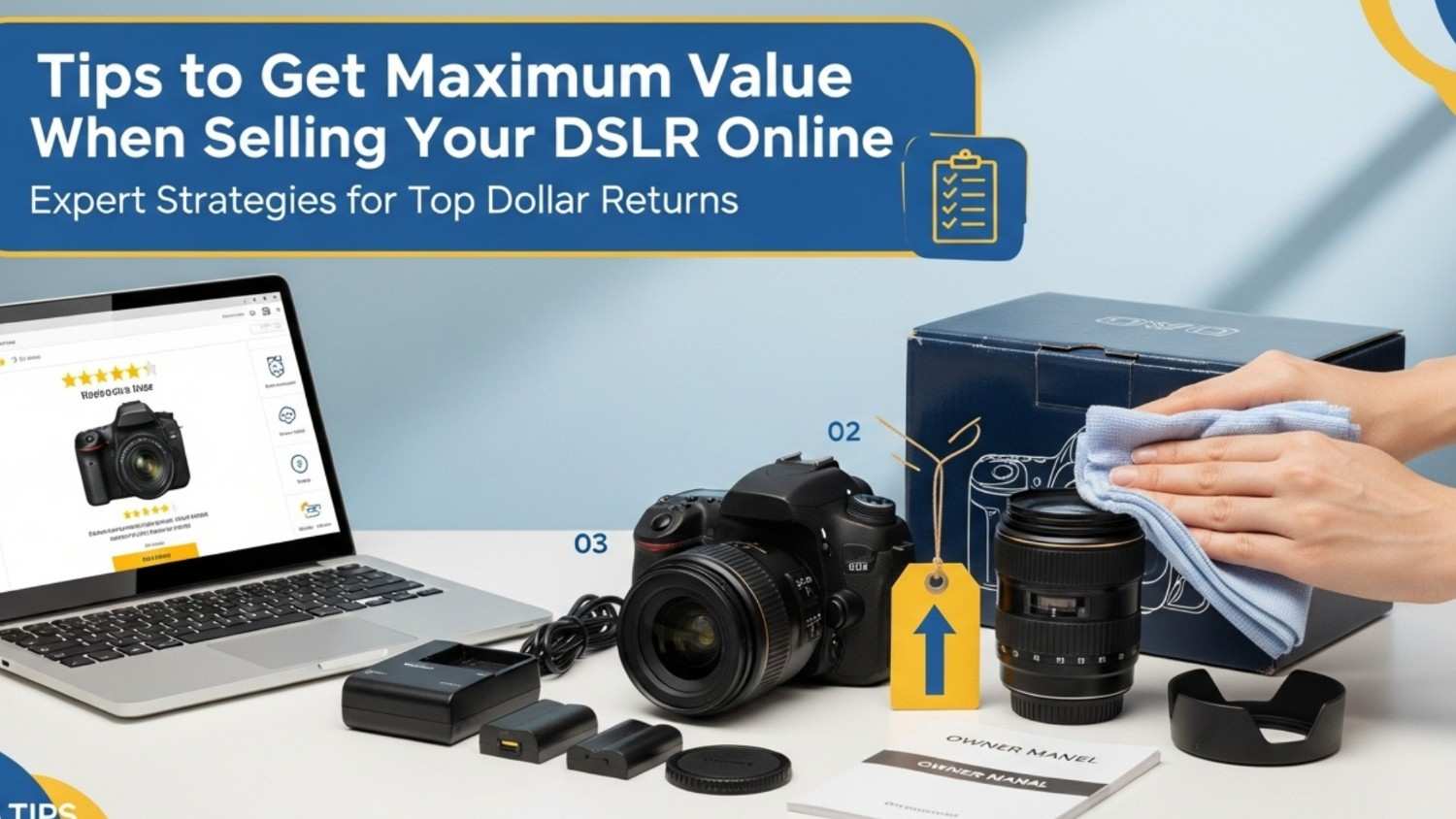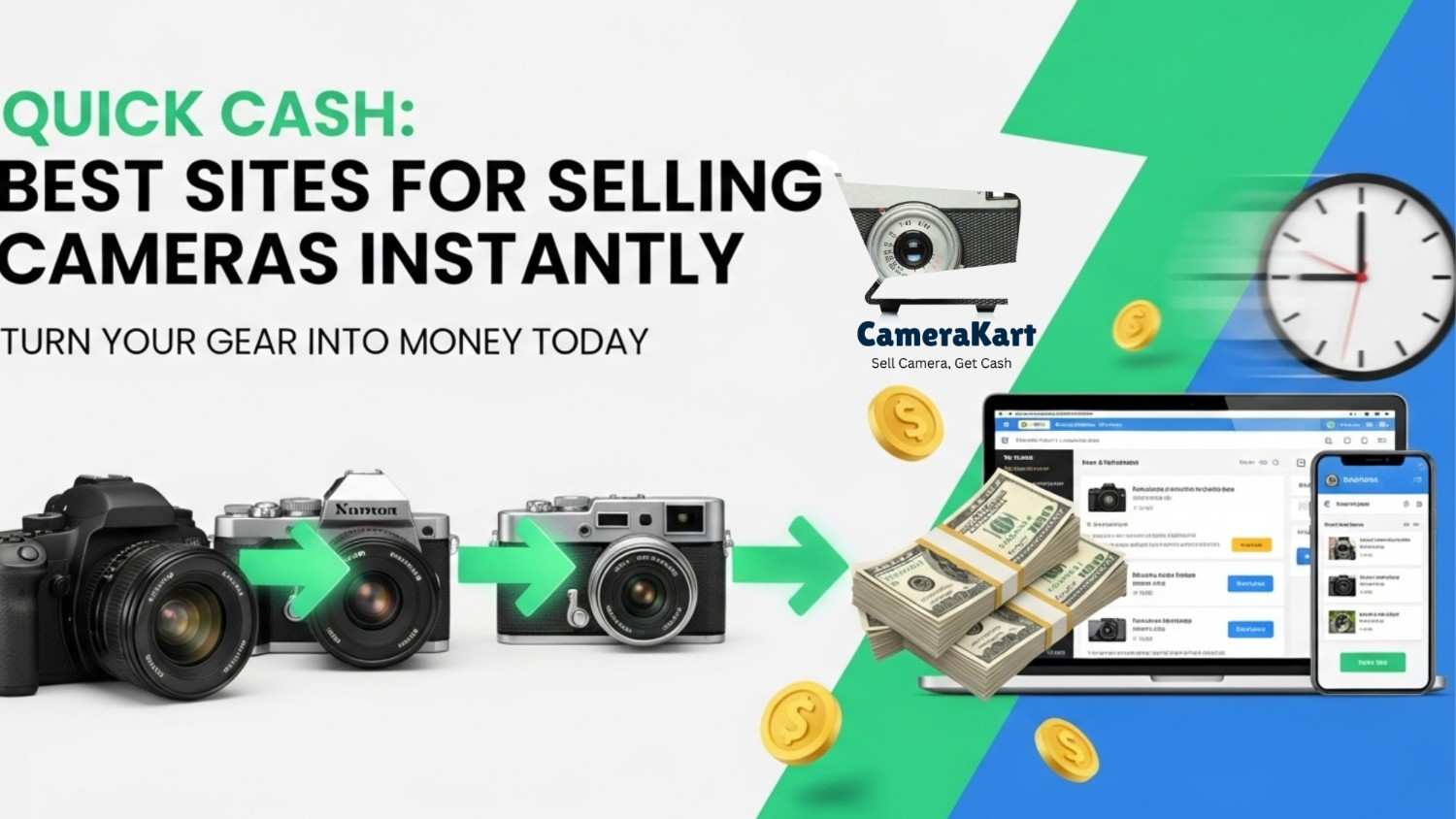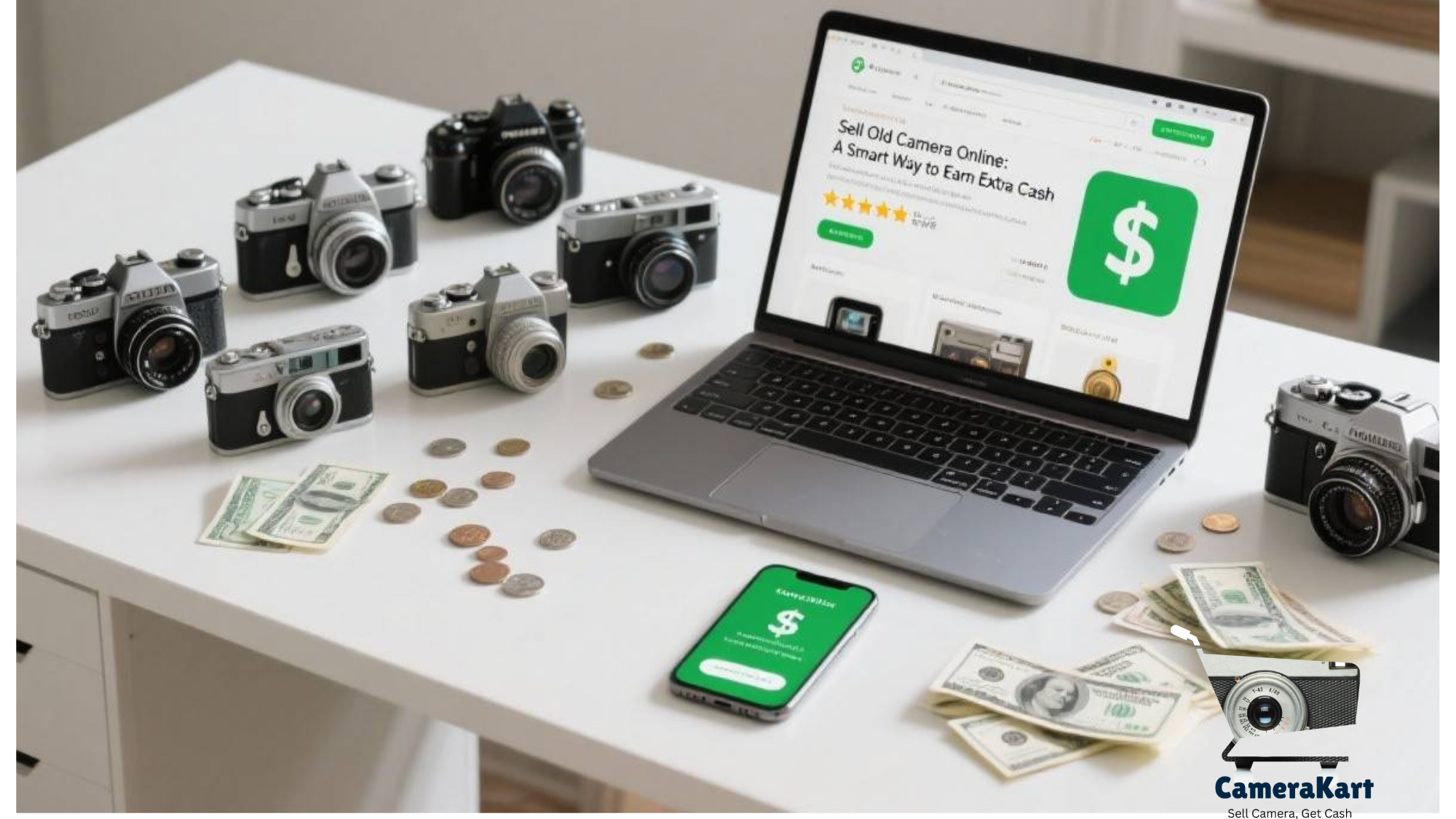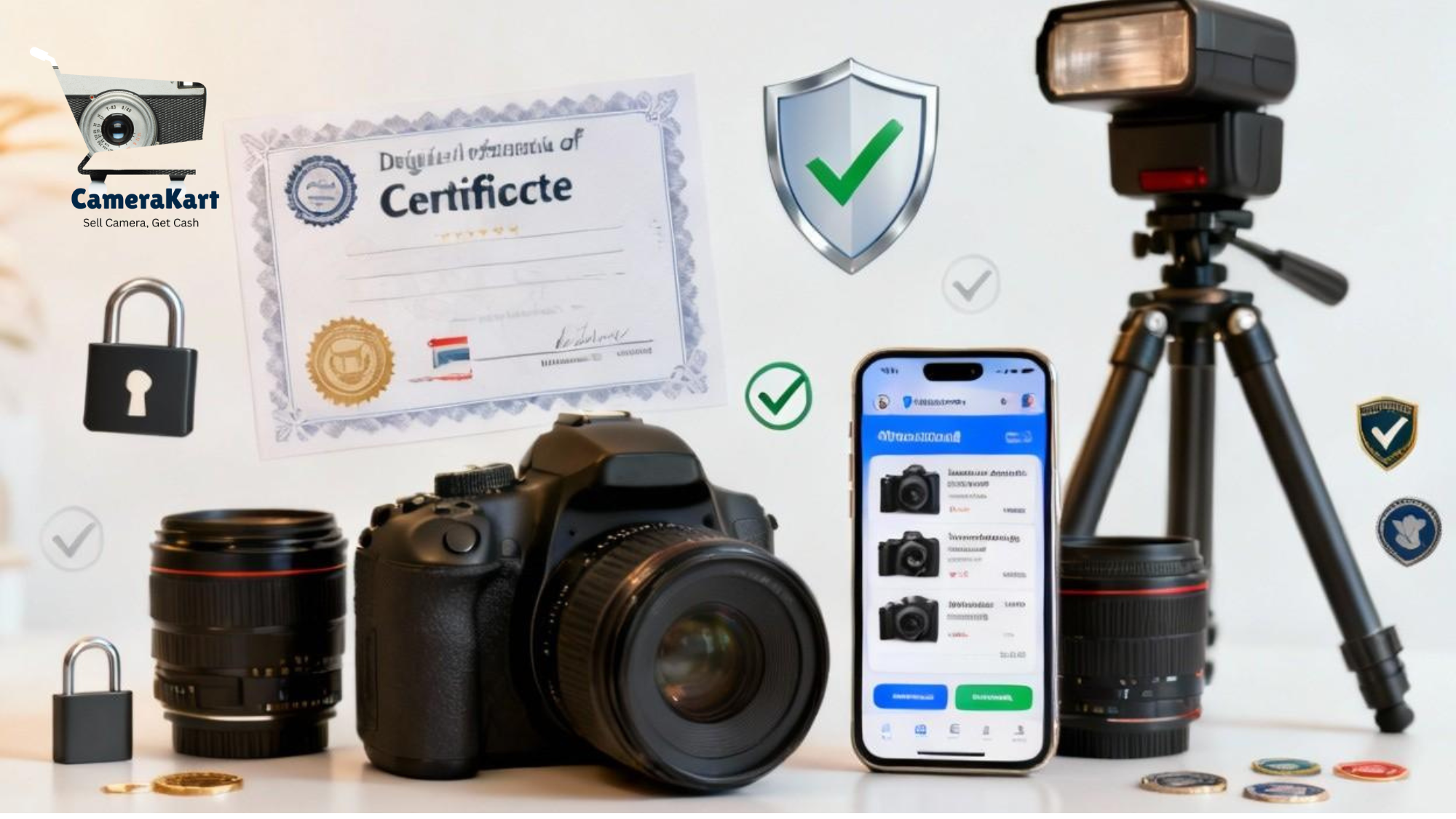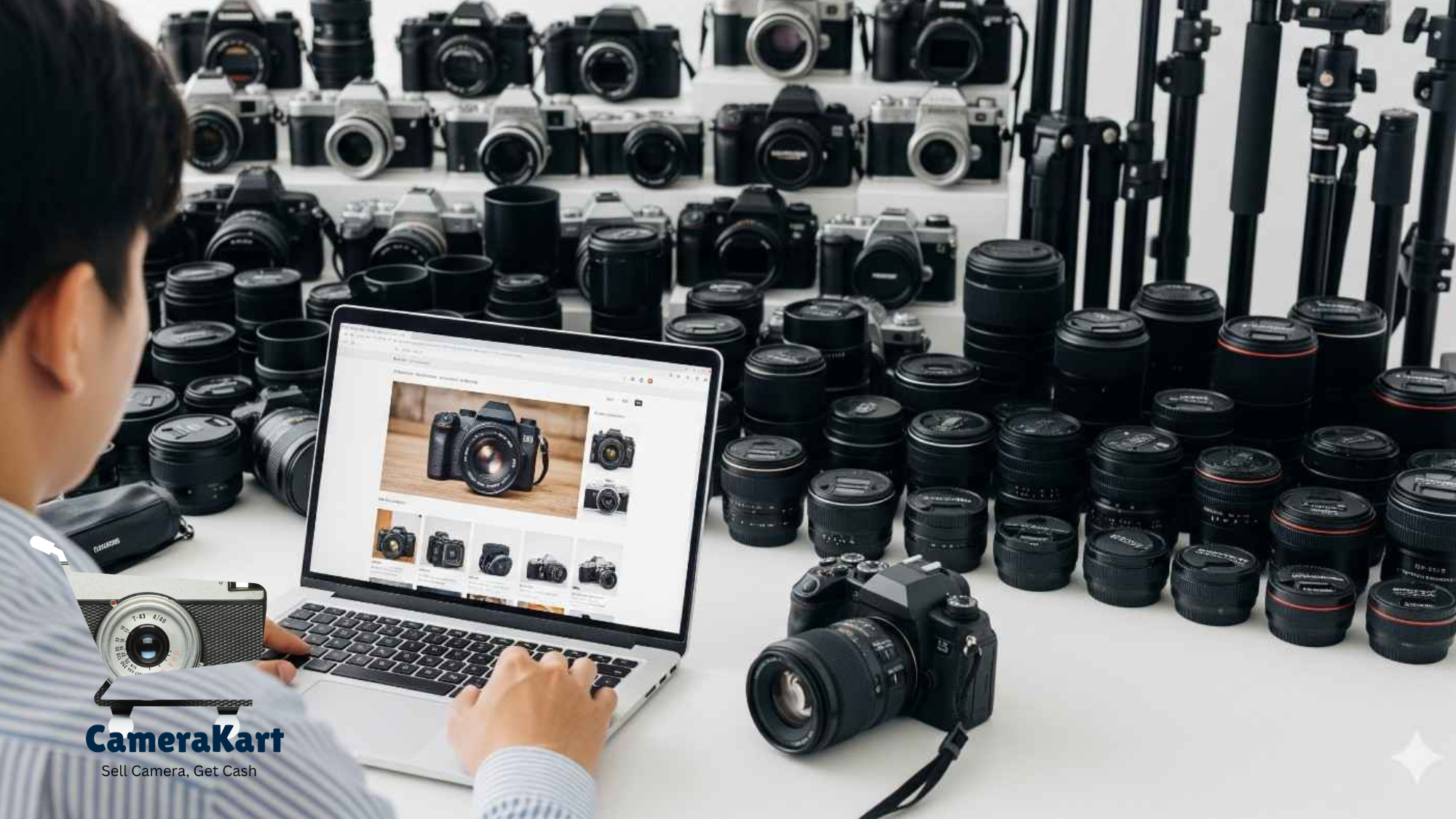Selling your used camera or video gear is one of the easiest ways to earn quick money while clearing space for new equipment. Whether you own a DSLR, mirrorless, action camera, or video accessories, the process becomes much smoother when you know the right steps. If you’re wondering how to sell your used camera safely and get the best value, here’s a simple guide.
Know the Value of Your Gear
Before you list your equipment, research its market value. Check prices of similar models online and consider the condition of your device. Buyers often pay more for cameras and lenses that come with original boxes, chargers, or extra accessories. Knowing the fair price will help you avoid underselling.
Choose the Right Platform
The most important step in selling is selecting where to sell. Many general marketplaces exist, but they may not always connect you with serious buyers. If you want a hassle-free experience, go for trusted platforms designed specifically for photography gear. They make it easy to sell your used camera, lenses, and video equipment with secure payments and reliable buyers.
Create a Clear and Honest Listing
When you decide to sell camera online, provide detailed information about the model, condition, and any issues. Upload clear photos of the product from different angles. Honest descriptions build trust and reduce the chances of returns or disputes.
Get Instant Money for Your Camera
Many sellers today look for ways on how to sell camera online instant money today. Specialized platforms now offer instant cash options once your gear is verified. This means you don’t have to wait for weeks your old camera can bring you money within a day.
Final Tips for a Smooth Sale
- Clean your camera and lenses before listing.
- Highlight unique features such as 4K video or wide aperture lenses.
- Bundle accessories like bags, tripods, or memory cards to attract buyers.
Selling your camera and video gear doesn’t have to be stressful. With the right platform, honest details, and fair pricing, you can turn your used equipment into quick cash while helping another creator get started.


